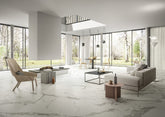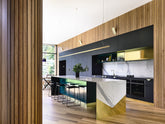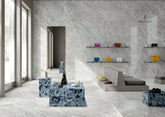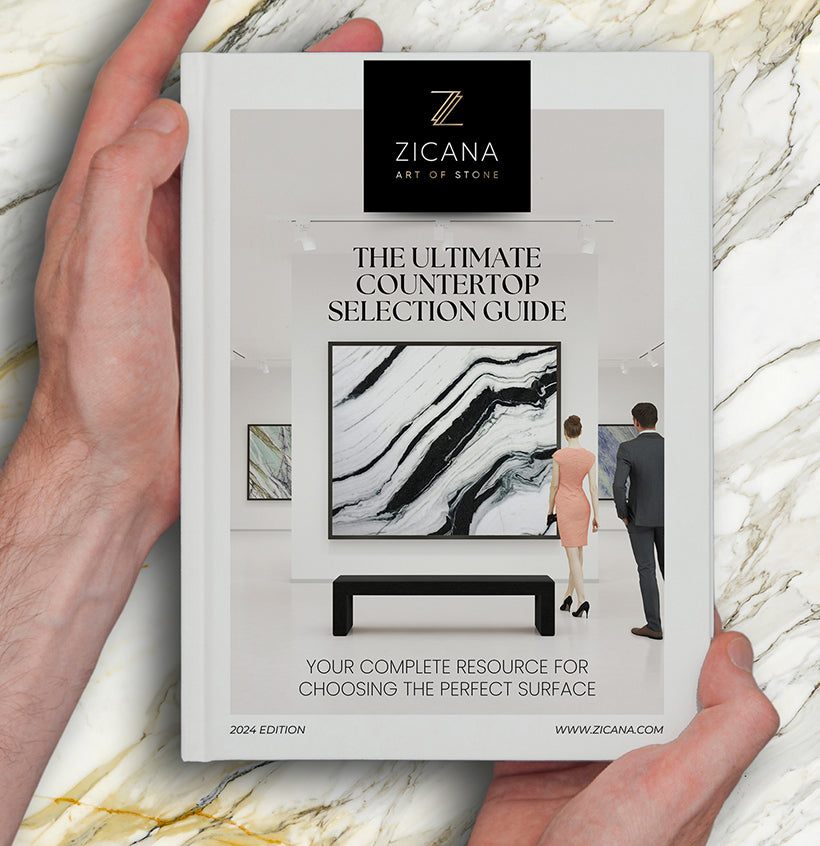Are Porcelain Slabs More Expensive Than Sandstone? A Detailed Comparison for Discerning Buyers
When it comes to selecting premium surfaces for everything from kitchens and bathrooms to commercial spaces or outdoor environments, two materials often spark curiosity: porcelain slabs and sandstone. Naturally, a question arises—are porcelain slabs more expensive than sandstone? The answer is layered, influenced by factors such as durability, aesthetics, maintenance, and long-term value. In this guide, we compare these two materials across key criteria to help you make the most informed choice whether you’re a homeowner seeking timeless luxury or a design professional spec’ing materials for a high-end project.
At Zicana Boutique, we specialize in showcasing extraordinary stone surfaces. From meticulously engineered Porcelain Slabs Collection to richly textured natural stones like Limestone Slabs Collection and Travertine Slabs Collection, every surface tells a story—and serves a function.
Understanding the Composition: Porcelain vs. Sandstone
Porcelain slabs are a modern marvel—highly durable, non-porous, sintered ceramic products made under intense pressure and heat. They are engineered to resist heat, UV rays, stains, and scratches at remarkable levels, making them ideal for both interior and exterior applications, including countertops, feature walls, floors, and even facades.
Sandstone, on the other hand, is a sedimentary rock formed naturally over millions of years. It has a warm, earthy charm and is typically used in outdoor paving, garden pathways, retaining walls, and architectural features. Its porous nature requires more upkeep and sealing, especially in wet or high-traffic areas.
Price Breakdown: Are Porcelain Slabs More Expensive Than Sandstone?
This is a nuanced question. Yes, in terms of initial material price per square foot, porcelain products often command a higher cost than sandstone. But pricing extends beyond the tag—it includes value derived from longevity, maintenance, design flexibility, and environmental adaptability.
- Porcelain slabs can range from $25 to $60 per square foot, depending on brand, thickness, design intricacy, and finish. Zicana Boutique carries elite lines like the Fiandre Collection and Raphael Porcelain Collection that reflect both innovation and beauty.
- Sandstone generally falls in the $10 to $30 range per square foot, largely due to its natural formation and ease of quarrying. However, the cost of sealing, replacement due to weathering or chipping, and repeated cleaning can amount to more over time.
What this means is that while porcelain slabs may seem more expensive upfront than sandstone, the cost is offset by extreme durability, low maintenance, and design versatility. For discerning clients who value performance and timeless elegance, porcelain often delivers superior return on investment.
To make your luxury project even more rewarding, Zicana Boutique now offers an Exclusive Offers Collection along with a welcome savings opportunity: Use Promo Code WELCOME100 for $100 off any order over $1,000.
Aesthetic Possibilities and Design Flexibility
Design professionals and homeowners alike appreciate the versatile aesthetics of porcelain slabs. With inkjet technology and sintered perfection, porcelain can mimic the look of marble, concrete, wood, or even metal. It can be bookmatched, vein-matched, or customized for specific applications using Zicana’s Made-to-Measure Custom Countertops service.
Conversely, sandstone offers a rustic, organic appearance with warm golden or beige undertones. Its visual charm is authentic, but somewhat limiting in terms of color and pattern range. For projects requiring uniformity, precision edge work, and contemporary finishes, porcelain significantly outshines sandstone in both versatility and refinement.
Long-Term Performance and Maintenance
Porcelain is virtually maintenance-free. Its resistance to etching, moisture, and UV rays makes it ideal for various environments—including kitchens, shower walls, pool decks, and patios. Clean-up requires only a gentle wipe with water or mild detergent.
Sandstone, by contrast, is porous and thus susceptible to staining, freeze-thaw cycles, and biological growth. It requires regular sealing and careful cleaning, especially in outdoor or wet zones. Over time, sandstone may erode or discolor, whereas porcelain retains its pristine appearance with minimal upkeep.
Sustainability and Environmental Considerations
Today's environmentally conscious homeowners and professionals also value the sustainable aspects of building materials. Porcelain slabs, especially those from renowned brands like Florim Collection and Laminam Collection, are often made with recycled content and feature production processes designed to minimize environmental impact.
Though natural, quarrying sandstone can involve habitat disruption and energy-intensive transportation. Managing sandstone’s environmental footprint often requires careful sourcing and responsible installation.
Is sandstone suitable for kitchen countertops?
While sandstone offers a beautiful natural texture, it is not ideal for kitchen countertops due to its high porosity and vulnerability to acids, oils, and moisture. For worktops and islands, engineered surfaces like porcelain, quartz, or sintered stone offer far better functionality. Explore our Sintered Stone Slabs Collection for high-performance alternatives.
How do porcelain slabs compare to quartz for cost and durability?
Porcelain slabs and quartz are often comparable in price, although premium quartz brands can sometimes be more expensive due to branding or unique veining. Both are highly durable, stain-resistant, and ideal for kitchen and bath applications. Browse elite quartz options in our Raphael Quartz Collection and Silestone Quartz Collection.
Can porcelain slabs be used for outdoor spaces?
Absolutely. Porcelain is a top choice for outdoor kitchens, pool surrounds, patios, and facades due to its UV resistance and low porosity. It does not fade, crack, or absorb moisture, even in extreme climates. Sandstone is often used outdoors too, but it requires regular sealing to protect it from weather elements.
Does installation affect the overall cost significantly?
Yes. Porcelain slabs are often large-format and require skilled technicians to handle precise cutting and installation, contributing to a higher labor cost. However, their superior longevity can lead to fewer repairs or replacements, saving money in the long run.
Final Thoughts: Crafting Spaces of Distinction
To answer the original question—are porcelain slabs more expensive than sandstone? Yes, on the surface they are. But over time, the difference dissipates when you consider porcelain’s exceptional durability, aesthetic range, low maintenance, and transformative ability in refined spaces.
At Zicana Boutique, we invite you to explore the artistry of modern surfaces through our curated Porcelain Slabs Collection. Be sure to take advantage of our special offer: Use Promo Code WELCOME100 for $100 off any order over $1,000. Whether you’re planning a bespoke fireplace, sleek kitchen island, or contemporary bath retreat, our expert team is here to help you select the perfect surface solution.



















